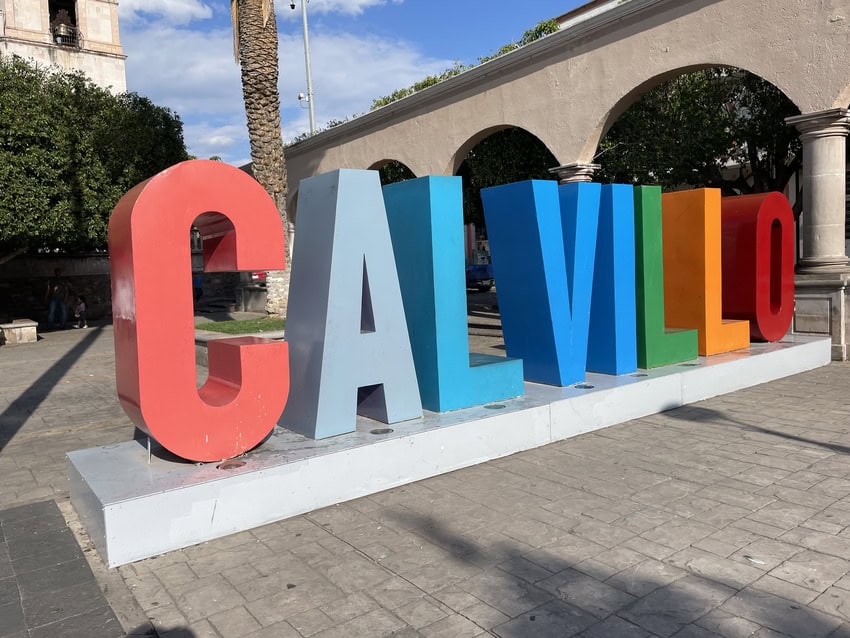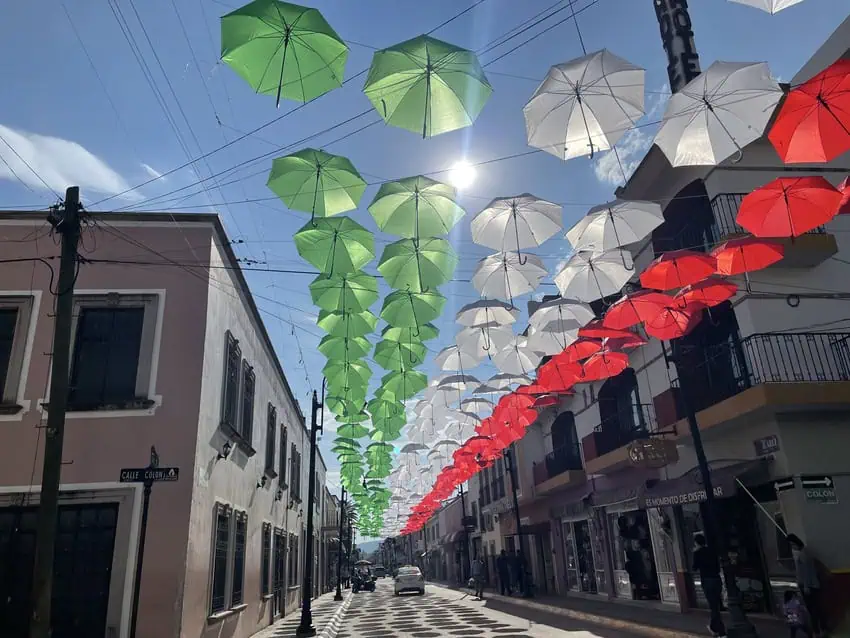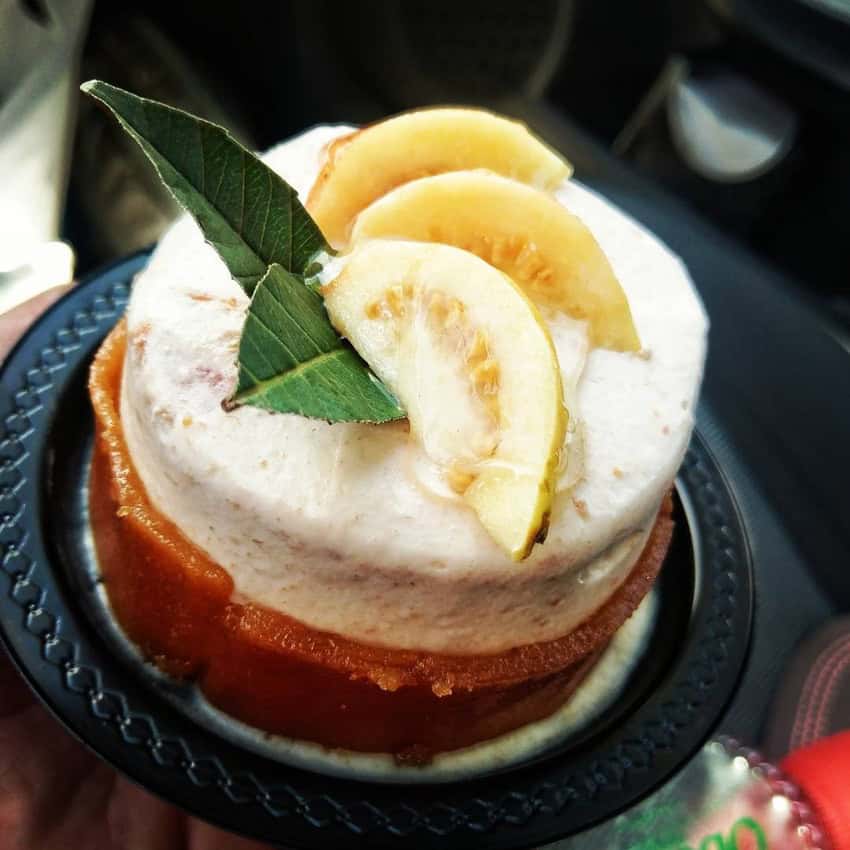Why Calvillo is Aguascalientes’ most famous town

One of my favorite ways to explore Mexico is by visiting its Pueblos Mágicos. These “Magical Towns” are smaller cities and villages that have been incorporated into a federal tourism initiative for their cultural value. While the area around my adopted home of Puerto Vallarta is peppered with beautiful Magical Towns, these often feel overrun and overwhelmed, thanks to a growing amount of tourism.
But not all Pueblos Mágicos are on the mass tourism trail. There are nearly 200 scattered across Mexico, and most fly below the international tourist radar. Calvillo, Aguascalientes, for example, located just 52 kilometers from Aguascalientes city, is a refreshing change of pace.

What sets Calvillo apart
The pace of life in Calvillo is slower than the Magical Towns near to where I live. Its lack of international tourism means that things move with character and tradition. It’s a slice of real living Mexico, rather than one that feels performative, complete with cobblestone streets, 19th-century architecture, leafy plazas and the faint scent of sweet guavas lingering in the air.
Calvillo is easy to reach for a day trip, but I suggest staying a night or two to take your time here. Cupped by the Sierra Fría range, Calvillo is tucked within a small valley. Historic streets are flanked by colorful facades while papel picado flutters overhead.
Calvillo was founded in 1771, and evidence of its Spanish influence can be seen all across town. The main square is home to the stunning Templo del Señor del Salitre, a beautiful 200-year-old baroque-style church. The church is a place of pilgrimage for many, who come to pay their respects to the Señor del Salitre, the town’s patron saint. Nearby, the municipal palace is another example of the town’s Spanish-influenced architecture. With its arches and balconies, this elegant building serves as the seat of the town’s government.
But what really puts Calvillo on the map is its reputation as the Guava Capital of the World. Between Calvillo and neighboring Zacatecas, there are more than 4,500 guava producers in the region. More than a cash crop, guava — called “guayaba” in Spanish — is deeply ingrained in the local culture, and you’ll find it in everything from sweets and pastries to drinks and even cosmetics.


The Guava Capital of the World
You can get to the grassroots of Calvillo by visiting its guava orchards for a guided tour and tasting. Or, you can cut to the chase and head to the town’s many sweets shops. You can find a few of them on Calle 5 de Mayo, like Don Emiliano, where you can indulge in guava-based treats. Ate de guayaba is a sticky, sweet spread that pairs perfectly with cheese, while guava rolls and jelly bake the fruit into breakfast treats. Wash it down with agua de guayaba, a lightly sweetened guava-infused water, or kick it up a notch with an artisanal guava beer.
Beyond snacks and sweets, Calvillo’s culinary scene is a festival of flavors, with guava playing a starring role. The town’s restaurants and street vendors serve a variety of traditional food, like birria de guayaba, made with goat meat, seasoned with spices and served with a side of guava salsa. You can even try guava mole at the pocket-sized Alebrije restaurant.
The annual Guayaba Fair is a celebration of Calvillo’s beloved fruit, drawing visitors from all over the region. Held in December, this lively festival features music, dance and an abundance of guava-based foods and drinks. Unlike the festivals in more touristy towns, the Guayaba Fair retains a sense of community and tradition, with events that are more focused on local customs than catering to visitors.
If you’ve had your fill of guava, you can try fruit-free dishes, like tacos de guisados, which are soft corn tortillas filled with a variety of stews, like chicharrón, picadillo or rajas. For dessert, you’d be remiss to pass on the pastel de guayaba, a soft guava cake heaped with creamy guava frosting.


Into the mountains
But Calvillo’s treasures extend beyond the guava trees into the Sierra Fría. Surrounded by rugged natural beauty, this is one of the best places in Mexico for outdoor adventure. The Presa de Malpaso, for example, is a gorgeous reservoir just a short drive from town. The glassy, clear water is perfect for kayaking or fishing. The Cañón de Jaltiche is webbed with hiking trails leading to dramatic mountain views. You’ll also find the El Tepozán Natural Park, which is perfect for a stroll amid colorful flowers and wildlife.
In town, you can hike up to the Santa Cruz de Calvillo monument, which sits atop a hill overlooking the city. Crowned with a large cross, the hilltop has a sweeping view of the surrounding mountains. The hike to the top is lined with pathways that follow the Stations of the Cross. At the summit, a revitalized welcome center features a smattering of restaurants and art galleries. Plan your hike for close to sunset so you can watch the sky transform with color as day melts into evening.
On the way back down, stop by Chuy Bombas Bar for a Calvillo legend and their signature drink: the Bomba. The deceptively deadly concoction is made with grenadine, red wine, brandy Bacardi white rum, vodka, lime juice and Squirt. You’ve been warned. This bare-bones cantina puts on no frills and no fuss. It’s a warm, welcoming watering hole where you’ll find residents gathering for good conversation and zero pretense.
The bottom line about Calvillo is that it’s a town living its history every day. As much as I love the Magical Towns in the more touristy areas of Mexico, there’s something special about venturing into the unknown. The streets are absent of souvenir stalls and chain restaurants. Instead, you’ll find local shops, markets and eateries that cater to those who live here. Calvillo’s historic architecture is not just a backdrop for Instagram photos but a testament to the town’s rich heritage, and its people take pride in their town’s traditions and are eager to share them with those who take the time to visit.
Meagan Drillinger is a New York native who has spent the past 15 years traveling around and writing about Mexico. While she’s on the road for assignments most of the time, Puerto Vallarta is her home base. Follow her travels on Instagram at @drillinjourneys or through her blog at drillinjourneys.com.
Source: Mexico News Daily

